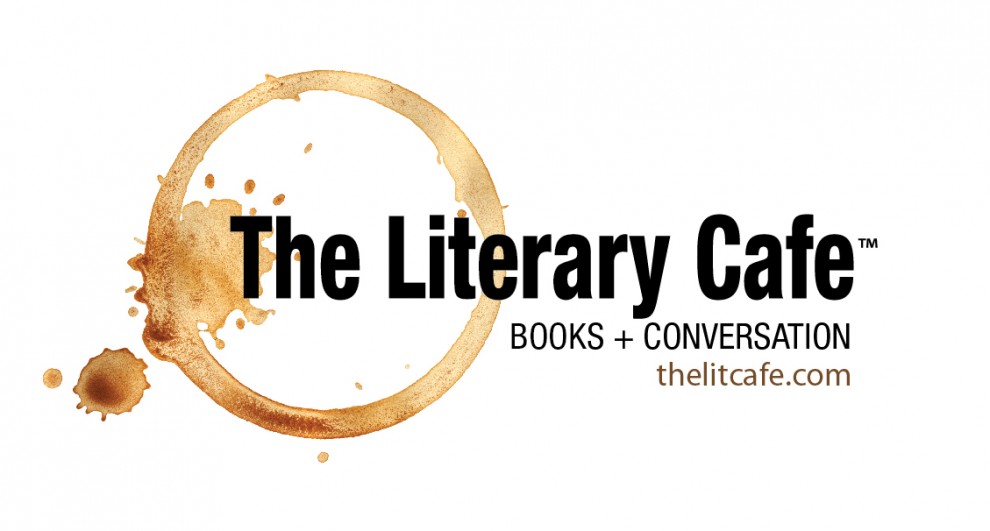Malcolm Gladwell is a name that has become increasingly familiar over the past several years. Even if you have never read one of his books, somehow when Outliers or The Tipping Point is mentioned, people seem to know that either he’s been featured on 60 Minutes, or they want to read one of his books in order to chime in on the topic du jour at the water cooler. So, who exactly is Malcolm Gladwell?
Malcolm Gladwell, a former journalist for The Washington Post, currently writes for The New Yorker. His professional background is what makes Gladwell such an impactful author. He artfully weaves historical and modern stories together with data and statistics into a multi-colored skein of essential truth. This formula is what makes Gladwell a success; he is able to deliver non-fiction to the average reader in an accessible and relevant way.
In his latest book, David and Goliath: Underdogs, Misfits, and the Art of Battling Giants, Gladwell’s essential truth is clear: what most of us perceive as disadvantages in this world, are often advantages, and vice-versa. Gladwell begins this work retelling the biblical story of “David and Goliath,” which he uses as a metaphor to debunk the theory that a simple shepherd couldn’t possibly out-battle a giant as menacing as Goliath. But power comes in many forms, and Gladwell maintains that if the common man possesses courage and faith, and uses his brain to seek out the competition’s vulnerabilities, with a dose of luck on his side, he can prevail.
David and Goliath is structured in three parts; the first claims that people have misperceptions about disadvantages; the second hones in our inherent laziness, stating that we can overcome hurdles with our desire to work hard; and the third highlights the situational irony in believing that power is found in battling injustice with an aggressive approach. All three sections are filled with non-fictional stories, the range of which is impressive in its breadth. Featured is anecdotal, historical and data-driven information covering topics such as: the conflict in Northern Ireland, finding a cure for leukemia, a middle school basketball team’s use of the press, a student’s experience at Harvard, a family’s struggle with crime in California, the philosophies about student-to-teacher ratio in primary education, the Civil Rights movement, and the rise of the Impressionist Era’s most famous artists.
Certainly, Gladwell has perfected his formula. He finds the common thread among events and experiences, which is unique and thought-provoking. At times, the hard data seems soft, and supporting details cater to his central idea, but that’s exactly the point. Of course, footnotes and end notes give David and Goliath credibility, but at its heart, it is persuasive non-fiction – a long research paper with an entertaining and relatable edge.


